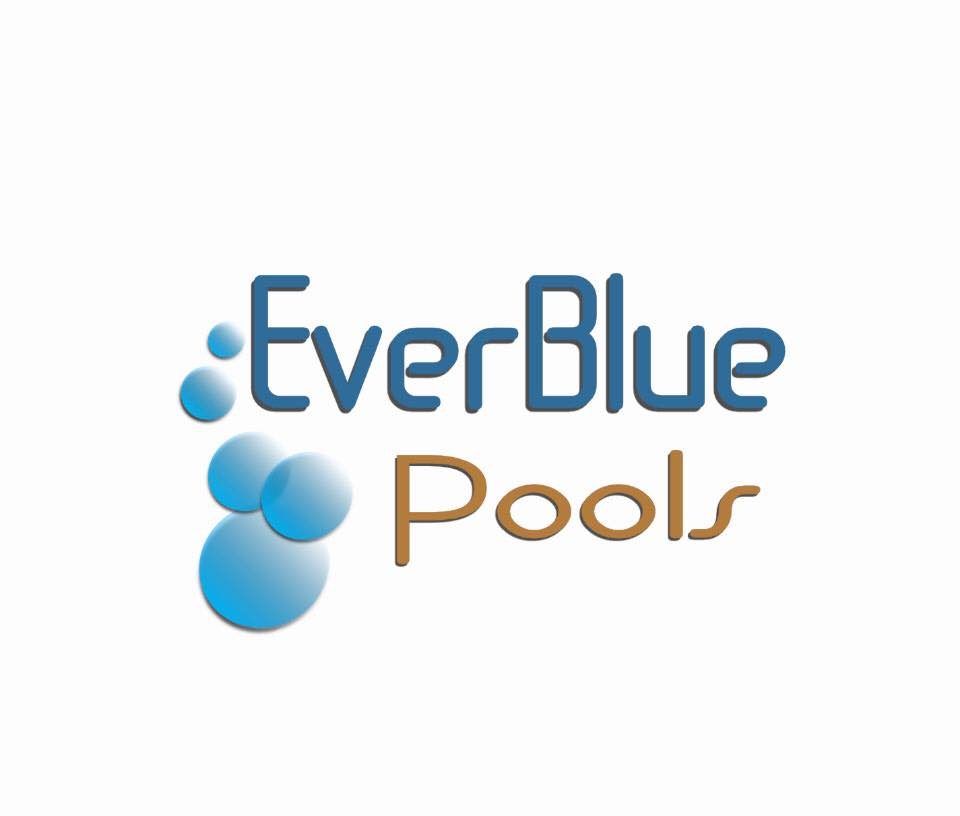Here’s a breakdown of the pros and cons of sodium hypochlorite and calcium hypochlorite for pool care, focusing on water quality, cost, feel, and wait times for pool use after shocking:
Sodium Hypochlorite (Liquid Chlorine)
- Pros:
- Convenience: It’s in liquid form, so it’s easy to measure and mix, especially with automatic feeders.
- Lower Calcium Hardness: Does not add calcium, which is beneficial in areas with hard water, helping prevent scaling and keeping calcium levels balanced.
- Soft Water Feel: Users often report a “softer” feel to the water, which some find more comfortable.
- Quick Dissolution: Dissolves immediately in water, causing minimal cloudiness after application.
- Usage Wait Time: Typically allows for quicker pool access after application (often 15-30 minutes after dispersing, though longer if heavily dosed).
- Cons:
- Higher Cost: Usually more expensive than calcium hypochlorite for regular use, especially for larger pools.
- Storage & Stability: Has a shorter shelf life and can lose effectiveness over time, especially in hot conditions.
- pH Management: Tends to raise the pH, requiring added acid to maintain balance.
Calcium Hypochlorite (Solid/Granular Chlorine)
- Pros:
- Potent Shock Treatment: Ideal for shock treatments due to its high chlorine concentration (around 65-70%).
- Shelf Stability: Longer shelf life and stays potent if stored properly, making it more economical in the long term.
- Cost Efficiency: Generally cheaper than sodium hypochlorite for pools that don’t require constant chlorination.
- Lower pH Impact: Does not raise pH as much, meaning less frequent pH adjustments with acid are needed.
- Cons:
- Calcium Addition: Increases calcium hardness, which can lead to scaling or cloudy water if calcium levels are already high.
- Water Cloudiness: Can create temporary cloudiness in the water, especially if dosed heavily, which requires extra filtration time.
- Usage Wait Time: After shocking, pools generally need more time to clear before swimming (often 8-24 hours).
- Water Texture and Taste: High calcium levels can make the water feel “harder” and can alter taste slightly if ingested.
Key Considerations
For San Antonio’s hard water conditions, sodium hypochlorite might be a better choice for regular chlorination due to its lack of calcium, while calcium hypochlorite is best reserved for occasional shock treatments. At Everblue Pools, we prioritize sodium hypochlorite (liquid chlorine) for routine sanitizing because it keeps the water soft and pleasant for swimmers, avoids adding excess calcium, and provides rapid, clear treatment. However, we incorporate calcium hypochlorite strategically, only when it’s specifically needed, such as for algae outbreaks, startup processes, or clearing a green pool. These situations benefit from calcium hypochlorite’s powerful oxidation, though it can temporarily cloud the water. This approach helps maintain balanced water chemistry and a comfortable experience for swimmers without accumulating unnecessary calcium
